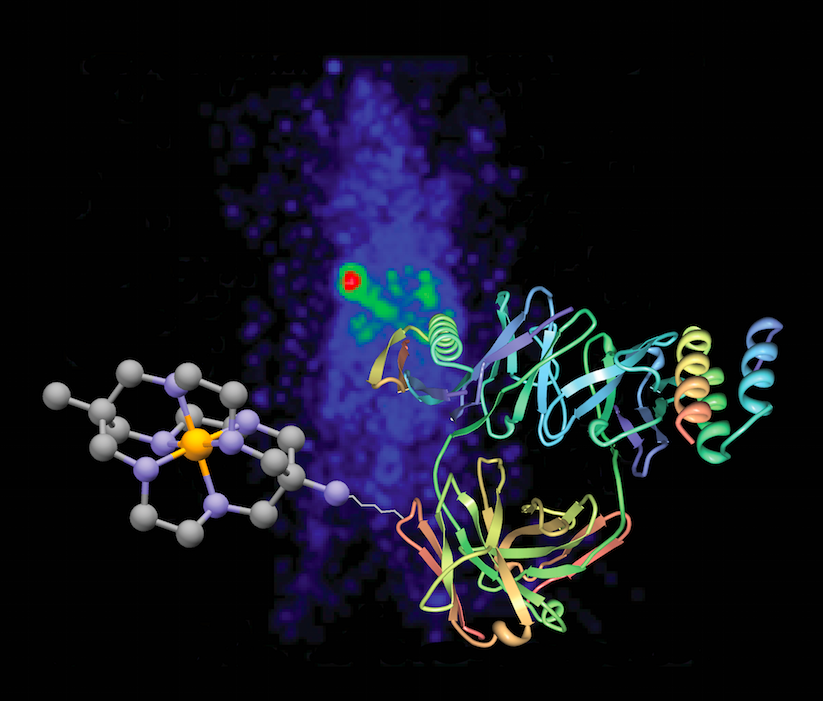About
The group focuses on synthetic inorganic and organic chemistry to make new metal-containing compounds with potential applications in biology. We are interested in the application of coordination complexes and metal-based compounds as diagnostic and therapeutic agents. Exploratory synthetic coordination chemistry and the design of new metal complexes underpins all of our research. We also investigate the roles of metal ions in cellular biology with a particular focus on chemical aspects of neurodegeneration. Our multidisciplinary research involves inorganic and organic synthesis followed by characterization utilizing a wide range of analytical techniques including: multinuclear NMR, electronic spectroscopy, EPR spectroscopy, mass spectrometry, HPLC, electrochemical techniques and X-ray crystallography.
The research group is based in the Bio21 Institute of Molecular Science and Biotechnology. The Institute provides state-of-the-art facilities for researchers in a dynamic interdisciplinary environment.
Metal-based Radiopharmaceuticals for Diagnostic Imaging and Therapy of Cancer.
There are several metallic radionuclides that can be used for either diagnostic imaging or radiotherapy. Our research focuses on developing methods to attach radioactive metal ions to tumour targeting peptides or antibodies. The resulting constructs can be used for either diagnostic molecular imaging or targeted radiotherapy depending on the selected radionuclide. Our research includes programs that focus on using the positron-emitting radionuclides 64Cu, 68Ga, and 89Zr for diagnostic imaging with positron emission tomography. We also pursue potential radiotherapeutic applications with the beta-emitting radionuclides 67Cu,177Lu and 188Re. Translation of this fundamental chemistry to pre-clinical and clinical trials is pursued in collaboration with the Peter MacCallum Cancer Centre and pharmaceutical companies.
Positron emission tomography (PET) can be used for the diagnosis and characterisation of breast cancer. The figure above shows a PET image of a positron-emitting copper cage amine complex tethered to an antibody (trastuzumab) selectively binding to a breast tumour xenograft in a mouse model.
Diagnosis and Therapy of Neurodegenerative Disease
Alzheimer’s Disease is associated with the presence of extracellular protein deposits where the major constituents are aggregated forms of a peptide called amyloid-β. We are designing metal complexes with radioactive isotopes (99mTc, 64Cu, 68Ga) that bind selectively to amyloid-β plaques with the goal of designing imaging agents to assist in early diagnosis and provide insight into the molecular nature of the condition. Other projects include designing new imaging agents to assist in the diagnosis of Parkinson’s disease.
We also investigate the roles of metal ions in cellular biology with a particular focus on changes associated with neurodegeneration. We strive to use this knowledge to guide the development of new therapeutic approaches for the treatment of Alzheimer’s and Parkinson’s diseases as well as motor neuron disease (amyotrophic lateral sclerosis). Aspects of this research involve collaboration with scientists from the Florey Institute of Neuroscience and Mental Health and the QIMR Berghofer Medical Research Institute. Our work on new therapeutic approaches for amyotrophic lateral sclerosis and Parkinson’s disease has been translated to clinical trials in collaboration with clinicians, and a pharmaceutical company.
Metal Ions in Catalysis and Synthesis
Other projects include:
1. The synthesis of new metal complexes with catalytic activity and developing new metal promoted reactions.
2. Exploratory synthetic chemistry with a general goal of making new new and interesting metal complexes.
3. Synthesis of luminescent metal complexes for applications in biology and analytical chemistry.
